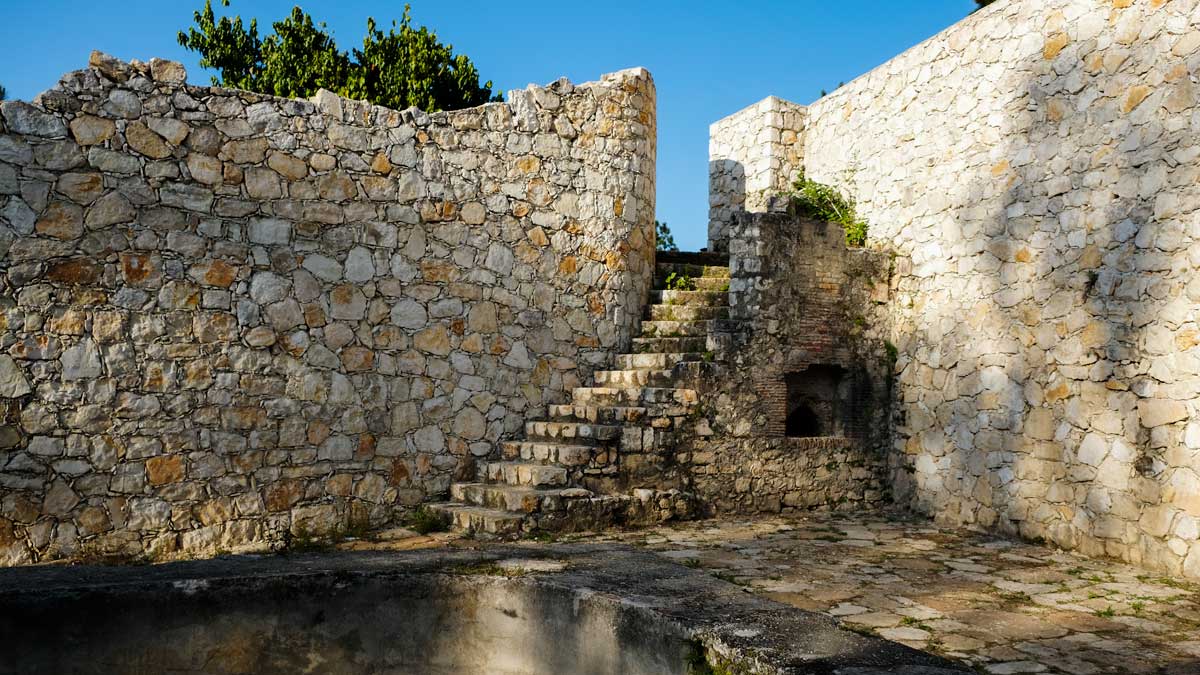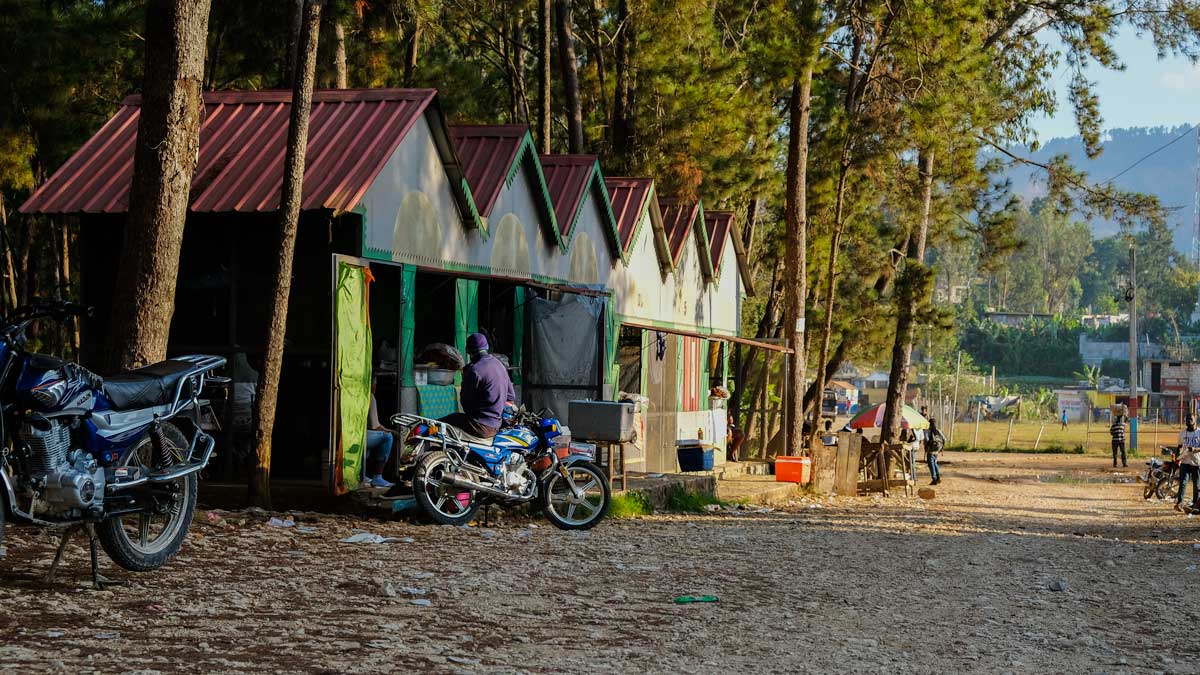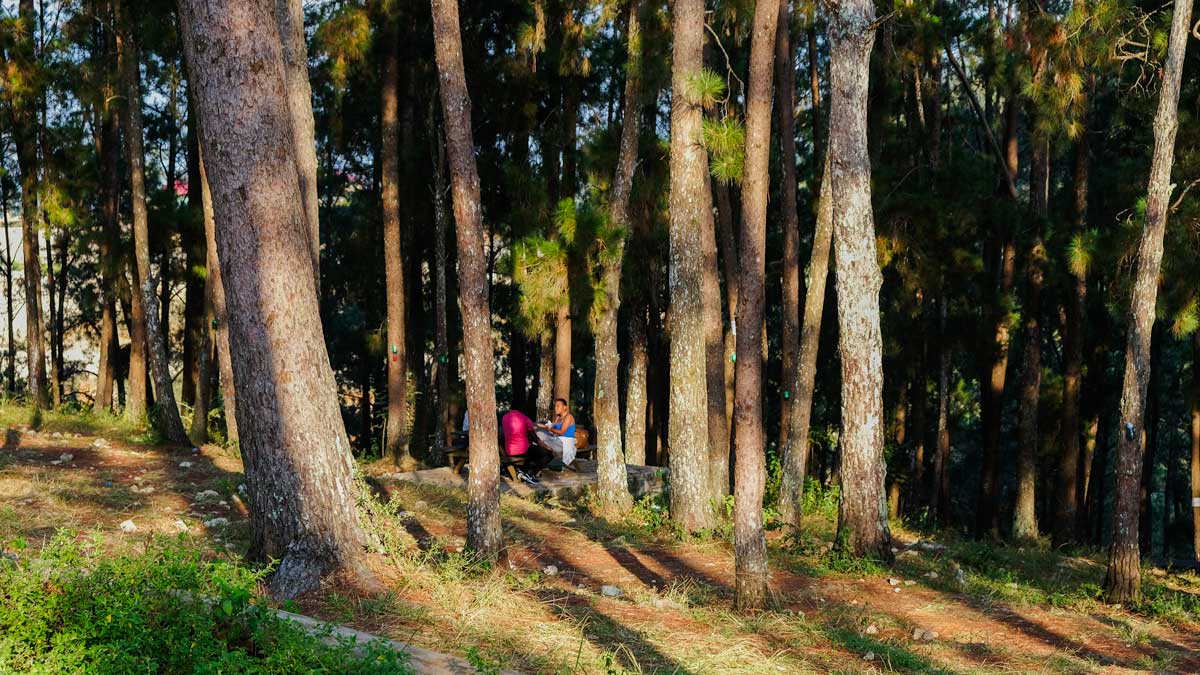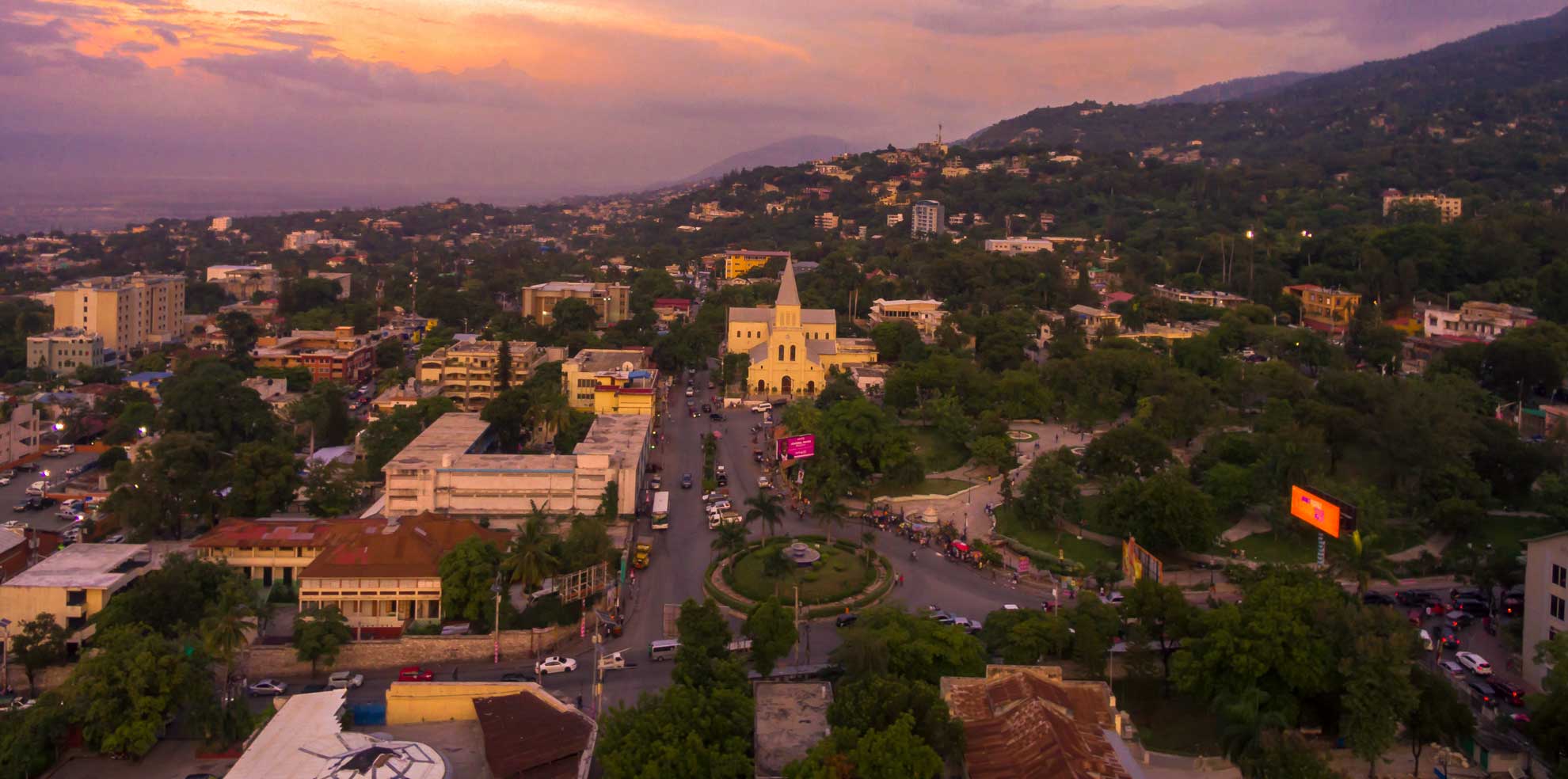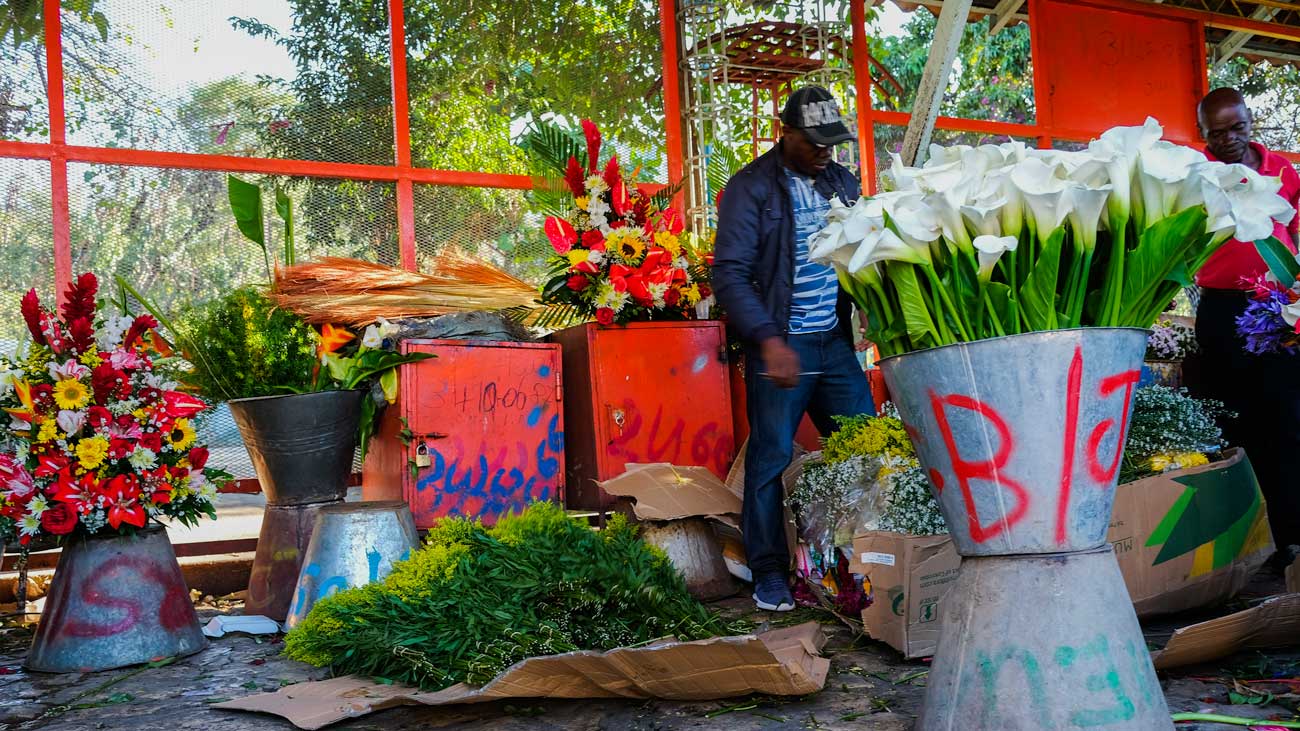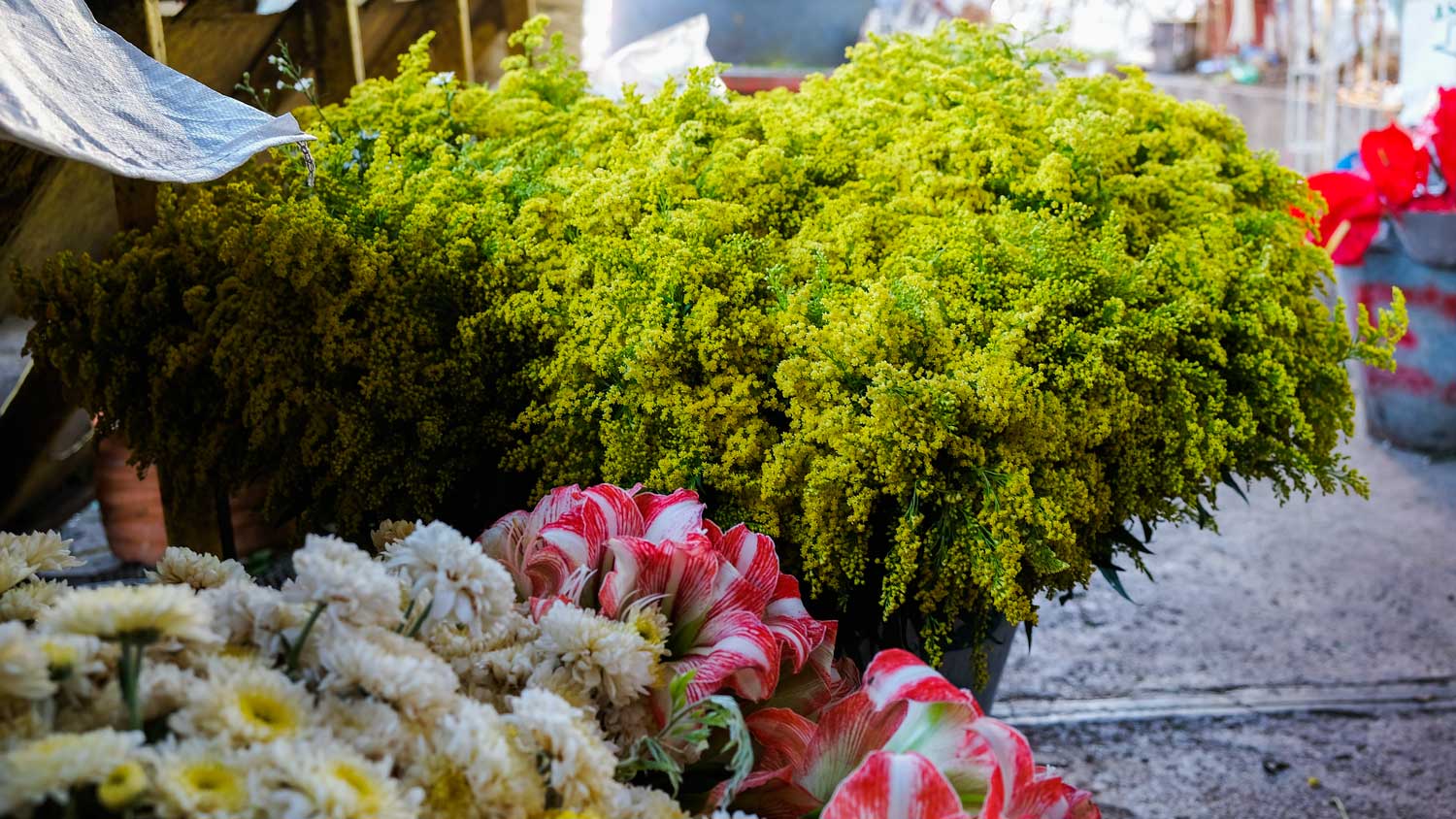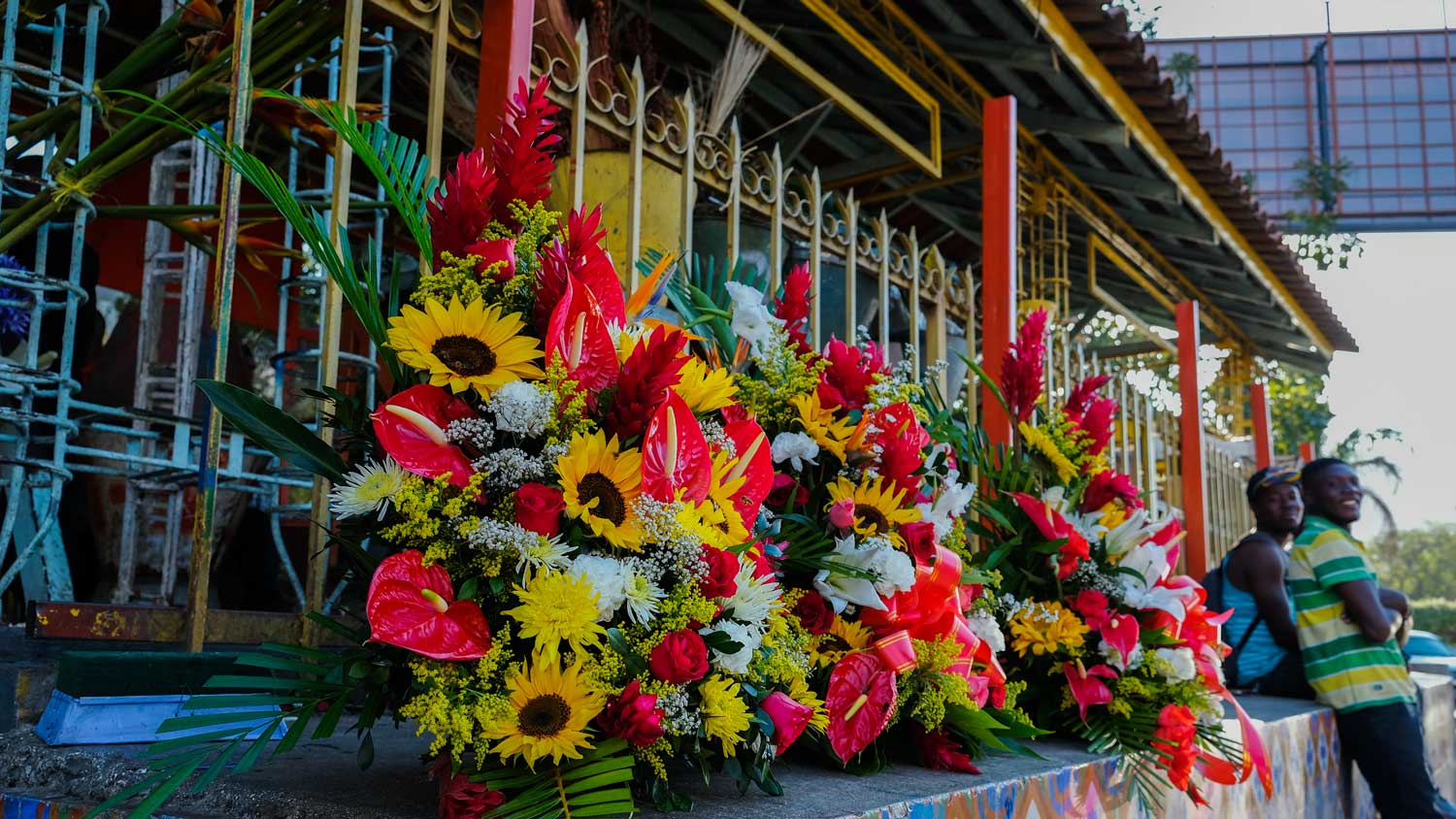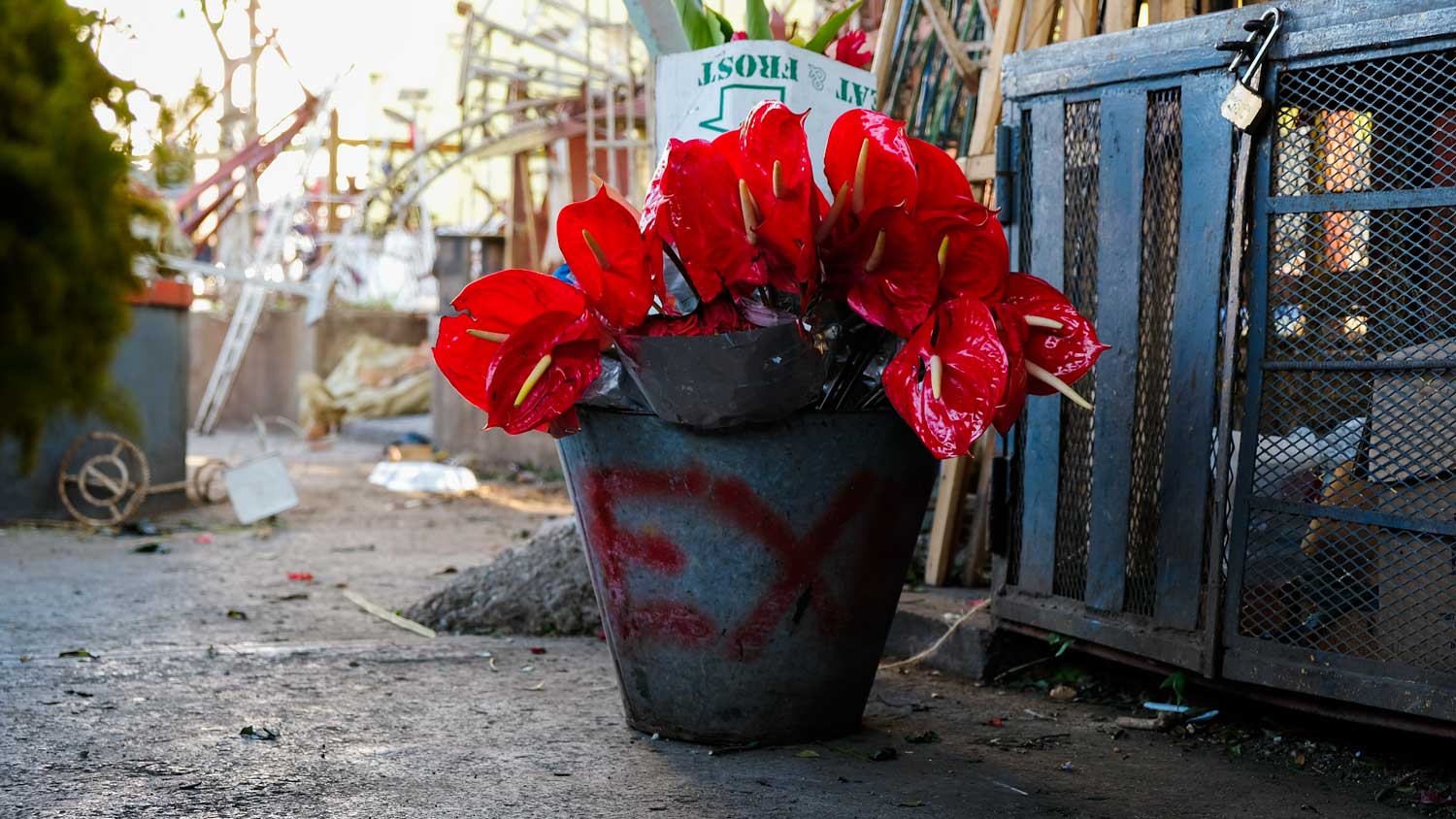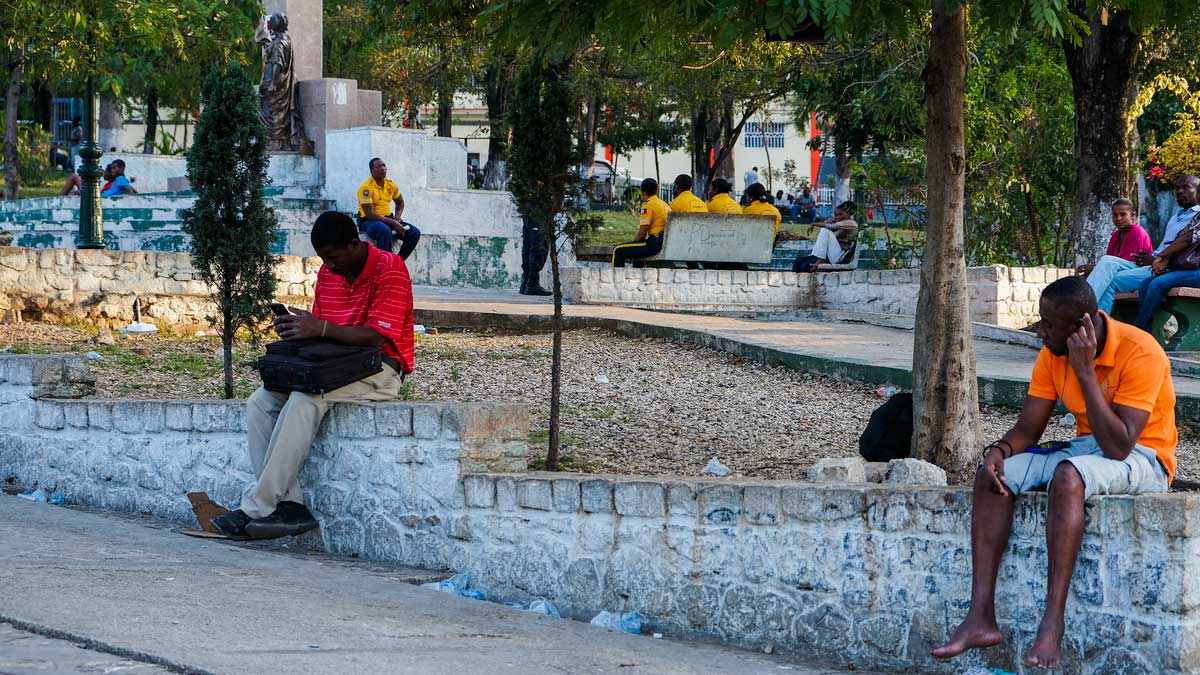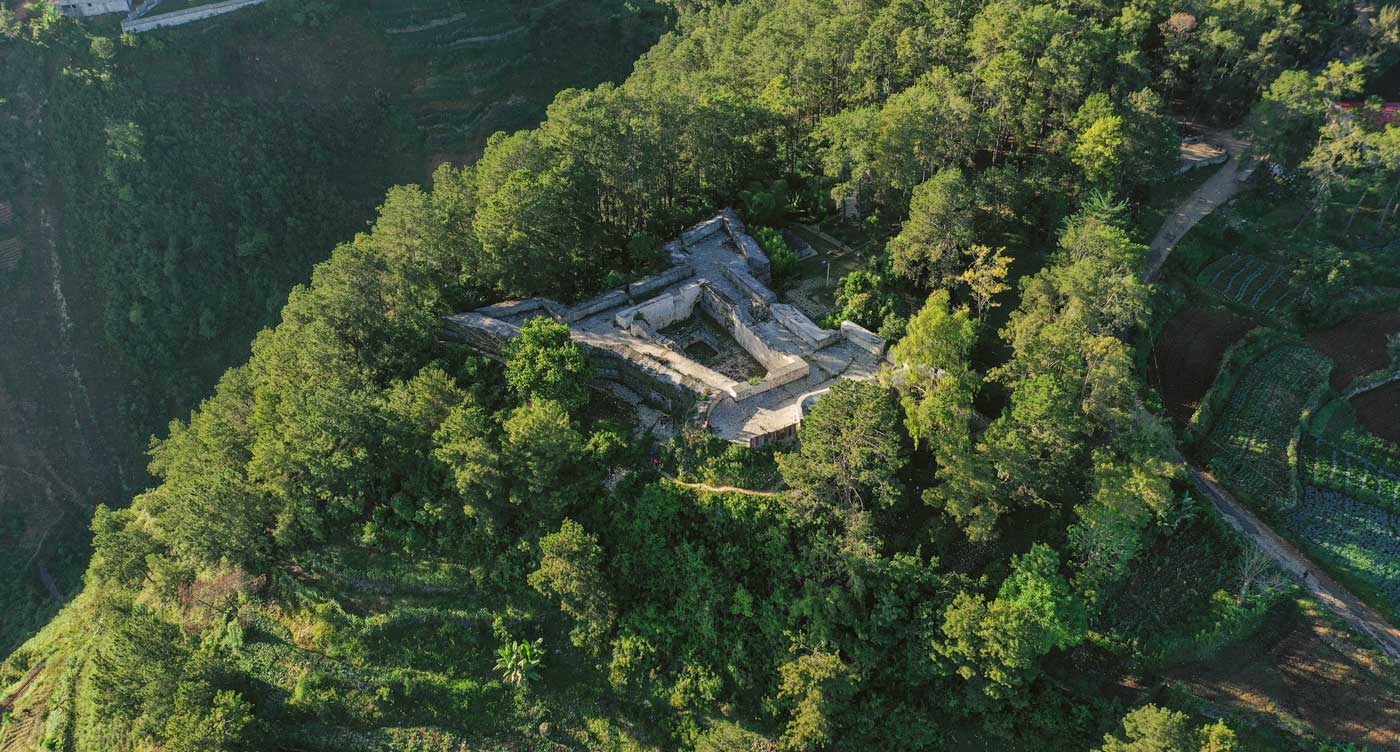
Photo: Franck Fontain
Hike to historic Fort Jacques
Tucked away high in the dense mountains of Haiti is Fort Jacques – one of the country’s oldest and best preserved forts.
Early mornings at Fort Jacques are a peaceful escape from the busy island of Haiti, and are an easy way to get out of the city without having to head to the provinces. While the forest is still waking up, you’ll be surrounded by the songs of exotic birds – many endemic to the island – as well as the rustling and conversation of merchants setting up shop. At the end of your hike, sitting at a picnic table in the middle of the mountain wilderness, you’ll see why a trip to Fort Jacques – one of the cheapest things to do in Haiti – is also one of the best.
Fort Jacques, Kenscoff
Photo: Franck Fontain
Defending Haiti’s Independence
After Haiti gained its independence in 1804, most people were busy celebrating. Their newfound freedom from colonial rule was a powerful cultural moment for Haitians in the same way that independence from British rule was for Americans, and continues to be just as important to this day.
With celebrations still underway, Alexandre Pétion – the Division General of the Haitian military – foresaw that the colonizers might not let Haitians enjoy their freedom for too long. As a way to prevent the French returning to seize control of the island again, Pétion oversaw the construction of two forts: Fort Alexandre and Fort Jacques.
While Fort Alexandre was named for Pétion himself, Fort Jacques takes its name from Jean-Jacques Dessalines, who was then the emperor of Haiti. Construction work was complete within a year; Pétion wasted no time making sure that Haiti was ready to fend off would-be conquerors.
The location of Fort Jacques was not left to chance. From the battlements, one can look out over the entire bay of Port-au-Prince, giving defenders advanced warning of any naval attacks. Today, centuries after construction, Fort Jacques stands as a point of reference for the locals and tourists who venture into these parts of the mountain. The fort still houses some of the cannons that were designated to defend Haiti’s independence.
These days, the fortress is much more than a monument to more dangerous times, and a visit to Fort-Jacques offers an escape to peaceful green spaces. The path that leads up to the fort is flanked by the soccer field of a nearby school to the left, and on the right, trees so dense that it’s hard to see through them.
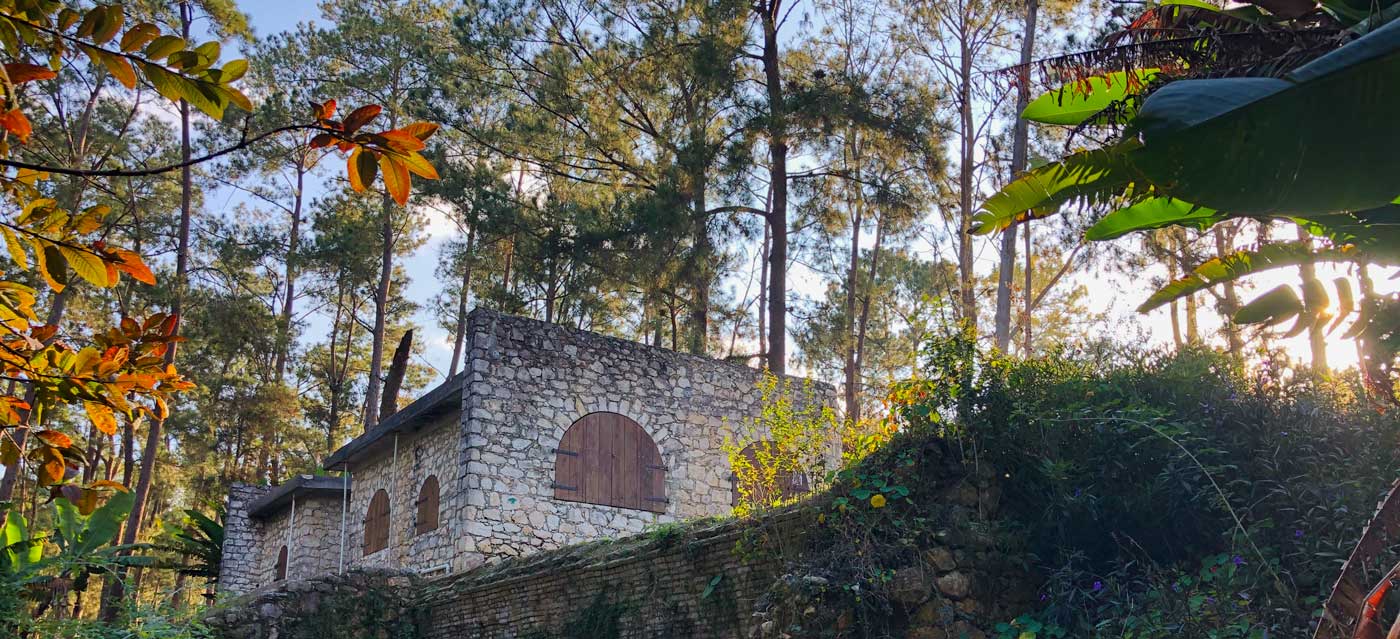
Photo: Anton Lau
Getting there
The best way to enjoy what Fort Jacques has to offer is to wake up a little earlier than usual one morning, lace your running or hiking shoes up, pack a bite to eat for breakfast, and drive up to the Fermathe church, or take a bus that will drop you there. If you are in Pétion-Ville, Fermathe is only a thirty- or forty-minute car ride away. Don’t forget to pack a sweater!
From Fermathe, the challenge – and real fun, begins. The road is paved, making the walk up to the fort an enjoyable hike. In the morning, the sun’s rays are still soft, and the hike is pleasant. You can take your time and sample some of the market goods on the way to the fort.
The road is lined with merchants selling street food, whose kitchens are either housed in a little strip of small houses, or, as you get closer to the fort’s entrance, out in the open. If something a little fancier is what you crave, stop in at Fort Jacques Bakery. Past the liquor and snack sellers, a cobblestone path continues to the fort, and the food traders give way to local artisans often come to show off their arts and crafts.
Behind the fort, the forest is decked in picnic tables shaded by tall trees. Because this is all open to the public, Fort Jacques is a popular destination among local young adults and teenagers as well as tourists: it is an open space, with seating available, out in the middle of nature. During the summer and winter breaks, it’s common to find young adults sitting at the tables, listening to music together and enjoying a good time.
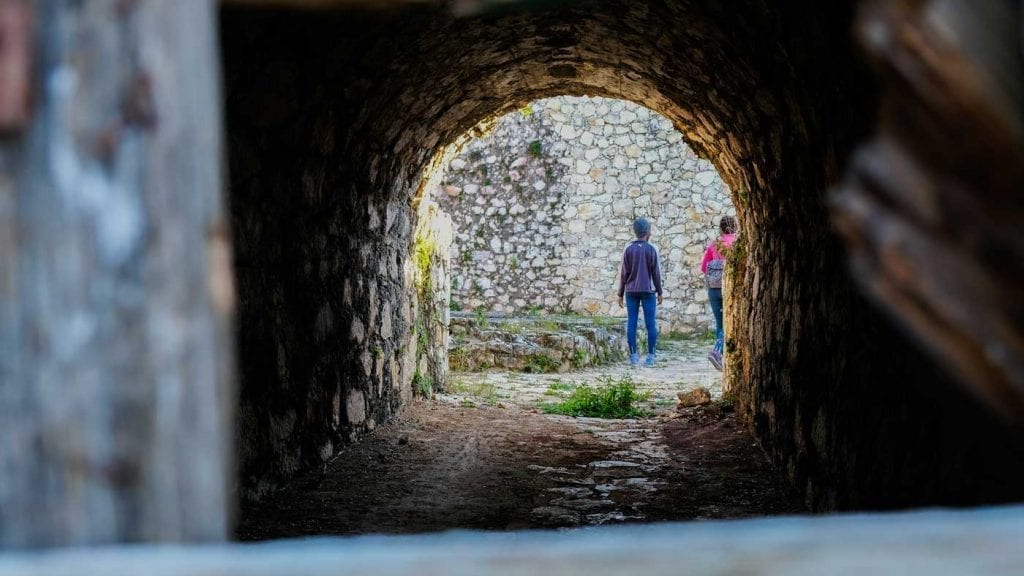
Photo: Franck Fontain
Get the most out of your visit
Because there’s no designated tour guide team to show you around Fort Jacques, you’ll run into would-be guides who will hustle (sometimes aggressively) for the chance to show you around – for a foreigner price. For some visitors, this can be a challenging situation to navigate.
You’ll be more comfortable if you head to Fort Jacques with an experienced local from the start. This way, the guided tour isn’t as expensive, and there is a better chance of grasping the tour guide’s explanation of what’s going on.
Written by Kelly Paulemon.
Published October 2018
Find Fort Jacques
External Links
Read reviews of Fort Jacques on Trip Advisor

Explore more of Haiti’s history

Paradise for your inbox
Your monthly ticket to Haiti awaits! Get first-hand travel tips, the latest news, and inspiring stories delivered straight to your inbox—no spam, just paradise.

